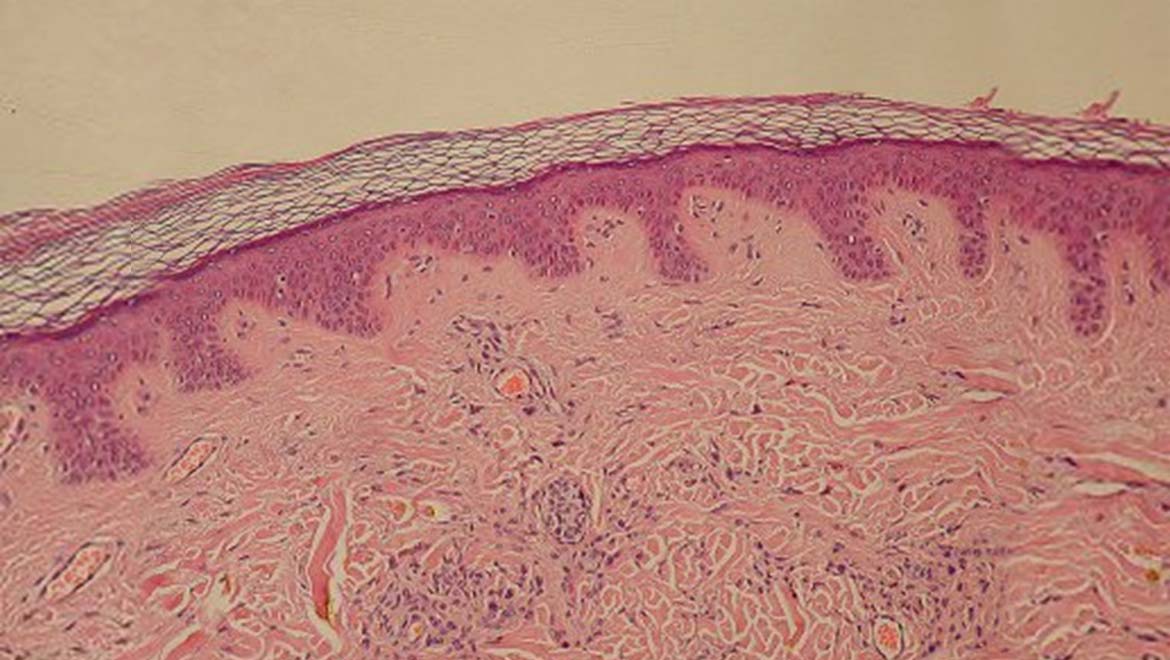The Marvelous Functionality Of The Largest Internal Human Organ
When it comes to understanding the intricacies of the human body, one of the most fascinating aspects is the size and role of its internal organs. Among them, the largest internal human organ stands out not only for its sheer size but also for its remarkable functions that are vital to our overall health and well-being. This organ, often overlooked in everyday discussions about health, plays an essential role in various bodily processes, making it a subject of great interest for both medical professionals and curious minds alike.
In this article, we will delve into the details of the largest internal human organ, exploring its anatomy, functions, and significance. Understanding this organ's complexities can provide insights into how our bodies work and the importance of maintaining its health. It is crucial to appreciate the integral role this organ plays in our daily lives, from digestion to detoxification, and how it supports other bodily systems.
As we navigate through the various aspects of the largest internal human organ, we’ll also address common questions that arise surrounding its health and functionality. With knowledge comes the power to make informed decisions, and this article aims to equip readers with the information they need to foster a better understanding of this vital organ and its contributions to our overall health.
What is the Largest Internal Human Organ?
The largest internal human organ is the liver. This vital organ is located in the upper right side of the abdomen and weighs about 3.5 pounds in an average adult. The liver's size and weight can vary based on several factors, including age, sex, and overall health. It is a dark reddish-brown color and has a unique structure that allows it to perform its numerous functions efficiently.
What are the Key Functions of the Liver?
The liver is an essential organ that performs over 500 functions, making it a crucial component of our bodily systems. Here are some of its primary roles:
- Metabolism: The liver plays a key role in metabolizing carbohydrates, proteins, and fats, converting them into energy.
- Detoxification: It helps detoxify harmful substances, including drugs and alcohol, ensuring they are safely eliminated from the body.
- Blood Clotting: The liver produces proteins essential for blood clotting, preventing excessive bleeding.
- Storage: It stores essential nutrients such as vitamins and minerals, releasing them into the bloodstream as needed.
How Does the Liver Contribute to Digestion?
The liver produces bile, a substance that is critical for the digestion and absorption of fats in the small intestine. Bile is stored in the gallbladder and released when fatty foods enter the digestive tract. This process highlights the liver's role in facilitating nutrient absorption and maintaining overall digestive health.
What are Common Liver Diseases and Conditions?
Despite its resilience and capacity to regenerate, the liver is susceptible to various diseases and conditions. Some of the most common liver-related issues include:
- Hepatitis: Inflammation of the liver caused by viral infections, alcohol abuse, or certain medications.
- Cirrhosis: Scarring of the liver tissue due to long-term damage, often resulting from chronic alcohol consumption or hepatitis.
- Fatty Liver Disease: Accumulation of fat in liver cells, which can lead to inflammation and liver damage.
- Liver Cancer: A serious condition that can arise as a result of chronic liver diseases.
How Can We Maintain Liver Health?
Maintaining liver health is vital for overall well-being. Here are some tips to support liver function:
- Healthy Diet: Consume a balanced diet rich in fruits, vegetables, whole grains, and lean proteins.
- Hydration: Drink plenty of water to help the liver flush out toxins.
- Avoid Alcohol: Limit alcohol intake to reduce the risk of liver damage.
- Regular Exercise: Engage in physical activity to promote a healthy weight and improve liver function.
What are the Symptoms of Liver Disease?
Recognizing the symptoms of liver disease is crucial for early diagnosis and treatment. Some common symptoms include:
- Fatigue and weakness
- Yellowing of the skin and eyes (jaundice)
- Abdominal pain or swelling
- Changes in urine or stool color
Conclusion: The Importance of Understanding the Largest Internal Human Organ
In summary, the largest internal human organ, the liver, is an extraordinary and multifaceted organ that plays a pivotal role in maintaining our health. By understanding its functions, recognizing the signs of liver disease, and adopting healthy lifestyle choices, we can support our liver's vital tasks and, in turn, enhance our overall well-being. The liver's remarkable ability to regenerate and adapt is a testament to the resilience of the human body, highlighting the importance of taking care of this essential organ for a healthier life.
The Marvelous World Of The Largest Organ In The Body
If You're Born In August, What Zodiac Sign Are You?
Unlocking The Benefits Of Microsoft Authenticator App Dark Mode

Scientists Find Largest “New Organ” In The Body Evolving Science

What is the largest internal organ of the human body?

Why Are Some Internal Organs On One Side Rather Than The Other? Muhabarishaji News